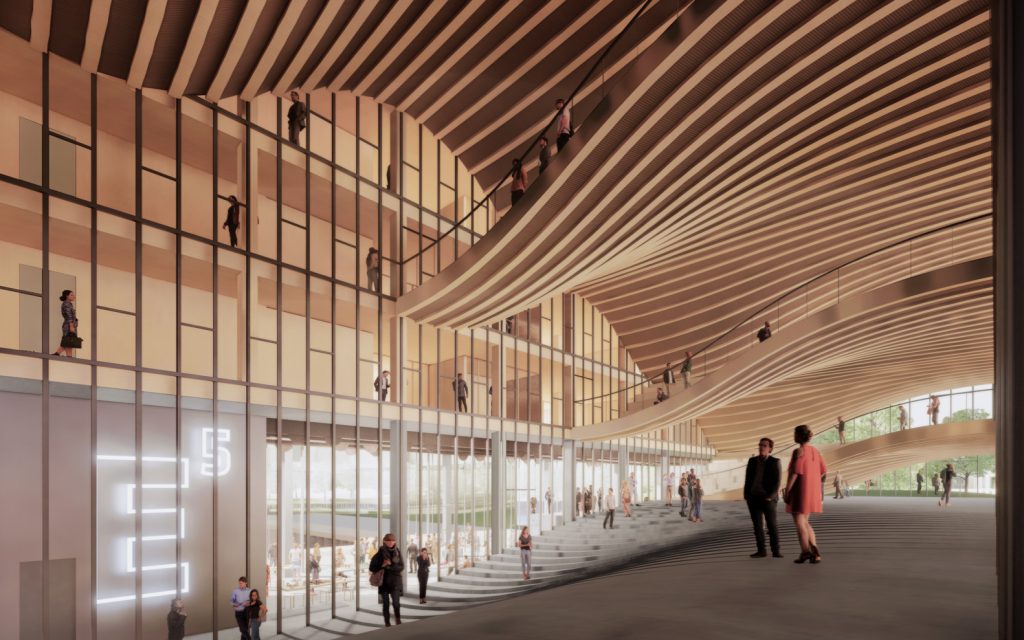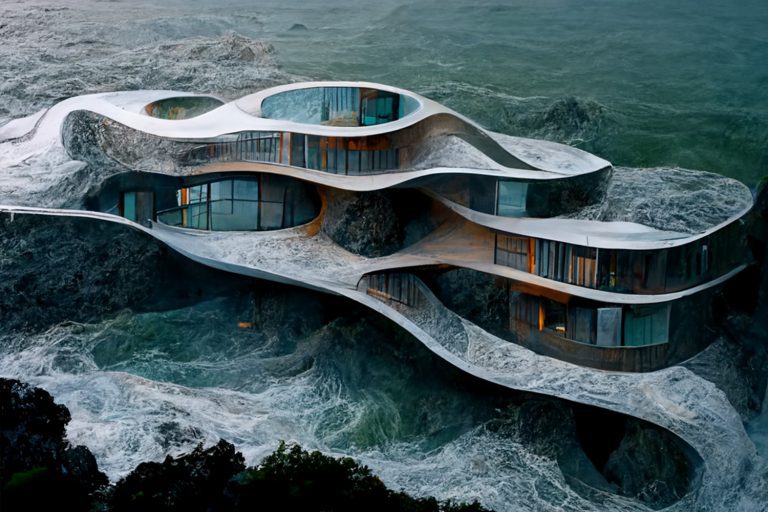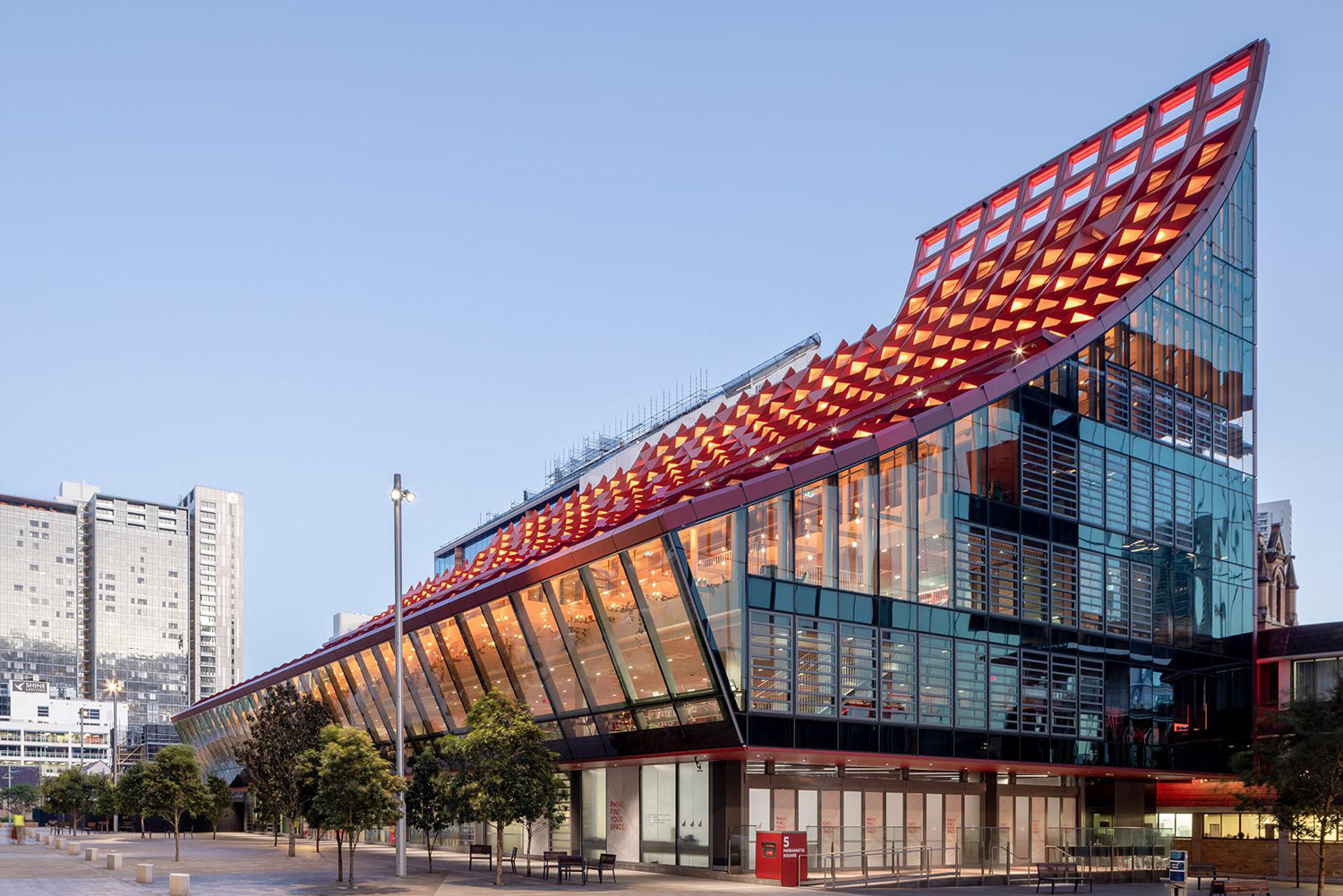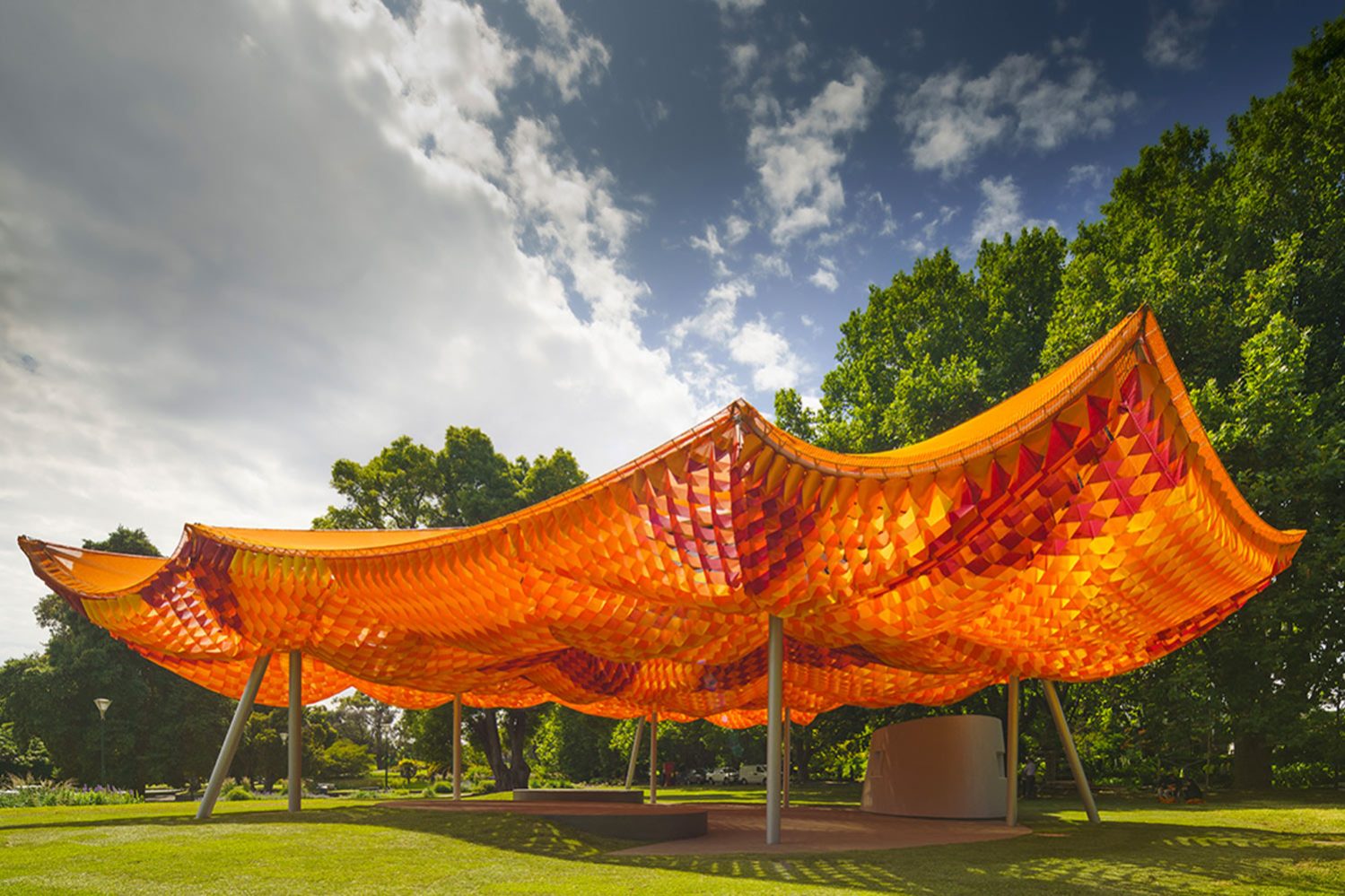
Bjarke Ingels Group (BIG) designed the education campus, as part of Esbjerg Island’s Future Vision 2025. This ambitious project is the culmination of the much-anticipated population growth in Esbjerg, making it a hub for education, business, and tourism in the near future. Set along the west coast of Denmark, amidst the Wadden Sea, the proposed multi-utilitarian education campus is designed to usher in an academic revolution in the country.
Labeled as Masterplan Esbjerg Strand, BIG’s proposed campus design promotes an alternative education system that is focused on innovative learning. The design attempts to interpret the future of education as an engaging, introspective, and surreal experience. BIG’s proposal revises the original 15,000 square meters blueprint that was considered unfit for the site.

The new education campus spanning 13,700 square meters showcases a vivid understanding of the site and its surroundings. With an understanding of geography, topography, environment, and landscape, BIG has created a neighborhood-informed design. They have envisioned the campus to be a one-building development, distributing the mass along the island periphery that envelops a courtyard at the center.
The building’s base has been raised by 7 meters to help prevent flooding on campus. The continuous building volume allows the creation of multiple viewpoints that face either the courtyard on the inside or the sea outside. This added visual appeal to the structure makes the building more desirable and lively.

Initially designed as a 7-story structure, the volumes were later adjusted to optimize the geometry for better noise and thermal insulation. The volume play helped in minimizing noise, optimize wind flow, and maximizing exposure to the sun and views throughout the building. Consequently, all interior spaces have either or both views; the first being the courtyard view owning the lush landscape and the second being the sea view of the harbor, marina, and lagune.
The courtyard will be shielded from wind and noise, thereby fostering a tranquil environment indoors. This calmness at the core will also serve as a beautiful juxtaposition to the rather busy university and waterfront. Adding to the plush site landscape is a one-kilometer trail of the rooftop garden that runs along the undulating structural volume.


The project finds its roots in sustainable construction principles and practices. The masterplan aims to achieve 11 out of the 17 UN Sustainable Development Goals. These include quality of education, reduced inequalities, affordable and clean energy, clean water and sanitation, and the creation of sustainable cities and communities. In an attempt to enhance biodiversity and habitat for local species, the campus design advocates for reduced CO2 emissions and site-powered renewable energy.
BIG has recently completed the construction of Marsk Watchtower, located in proximity to the proposed education campus. Presumably, the firm will further look into enhancing the tourist offerings of the area through further development of the campus. While a construction timeline for the project is yet to be provided, the design itself has already created a buzz with its environment-conscious and people-centric approach to education, work, and life at large.






































